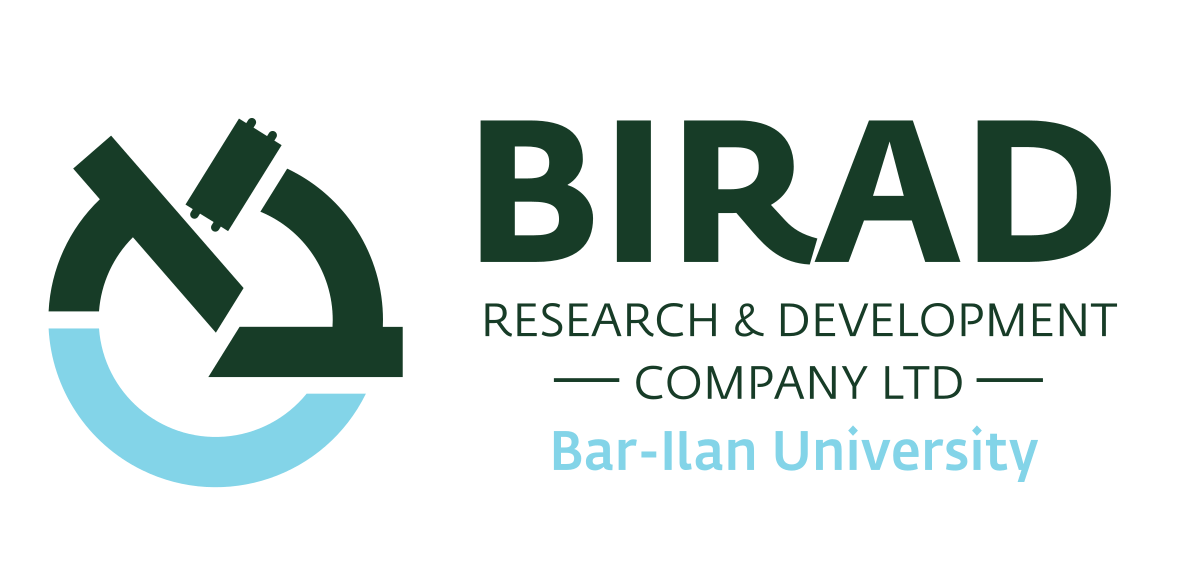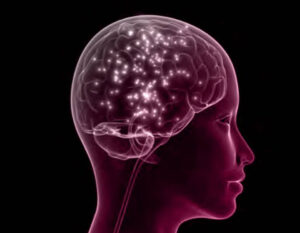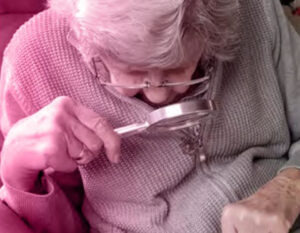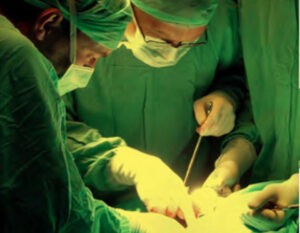Find Technologies for Licensing
The Problem De-regulation of Robo receptors appear in a number of diseases and types of cancer and the therapeutic potential for drugs that will modulate Robo activities is therefore high, but no such drugs exist. The Solution Novel structure-based design of agonistic and antagonistic antibodies for Robo receptors. The Commercial Benefit Anti-Robo antibodies can be used…
Read MoreLeishmaniasis is a vector-borne tropical disease that affects 88 countries worldwide. The causal agent is a parasitic protozoon, Leishmania ssp. Cutaneous leishmaniasis (CL), caused by L. major, L. mexicana, and visceral leishmaniasis caused by L. donovani, is one of the most important neglected tropical diseases. Available treatments are highly toxic, and the serious side effects…
Read MoreProtein misfolding and aggregation is the fundamental cause of more than 20 amyloidogenic diseases affecting either the central nervous system or a variety of peripheral tissues. These conditions include Alzheimer’s, Parkinson’s, and Huntington’s diseases, and type II diabetes. For Alzheimer’s disease (AD), the oligomerization of amyloid-beta (Aβ) and tau to soluble oligomers and their accumulation…
Read MoreThe Problems Drug addiction is a scourge of both developed and less-developed societies. The economic impact of drug addiction includes direct treatment costs as well as lost productivity and crime. Neuropathic pain is a chronic pain condition caused by a primary lesion or dysfunction in the nervous system. It can be a consequence of many different…
Read MoreThe Problem Color generation is commonly pigmentation related, and its pixel size is limited to a few and up to tens of microns, two orders of magnitude larger than the diffraction limit in the visible range. Colors can also be generated via interference processes in photonic crystals and in plasmonic sub-wavelength structures. Plasmonic color generators…
Read MoreWhile 3D printing of polymeric materials is prevalent, metals are indispensable for structural support, heat dissipation, and electrical conductivity. Extensive research to allow additive manufacturing (AM) of metals has resulted in a range of techniques, the most established of them are selective laser melting (SLM), electron beam melting (EBM), and metal inkjet printing. Alas, these…
Read MoreAll-trans retinoic acid, the most active form of vitamin A, is known to be highly beneficial in dermatology and other biomedical applications. However, all-trans retinoic acid is extremely sensitive when exposed to ultraviolet (UV) light, due to the conjugated double bonds that comprise its chemical structure. Our all-trans retinoic acid is protected from light-dependent degradation, keeping…
Read MoreThe Problem The presence of microbial contamination of surfaces poses a serious problem from the point of view of health protection. There is a growing market demand to improve effectivity, safety, endurance, and cost of anti-microbial coating. The Solution We propose a novel bio-inspired nanocapsule that can firmly attach to any surface and kill encapsulated bacteria.…
Read MoreLicensing
BIRAD grants exclusive and non-exclusive licenses for the commercialization of BIU-based research findings, both to established companies and to new startup ventures established around University technology.
The licenses are granted for specific patents and/or know-how and are limited to a specific field and/or specific products. Licenses include diligence milestones for the development and sale of products covered by the license – to avoid technology "shelving" – and typically include a combination of the following forms of consideration: royalties, milestone payments, upfront fees, equity and/or annual license fees.
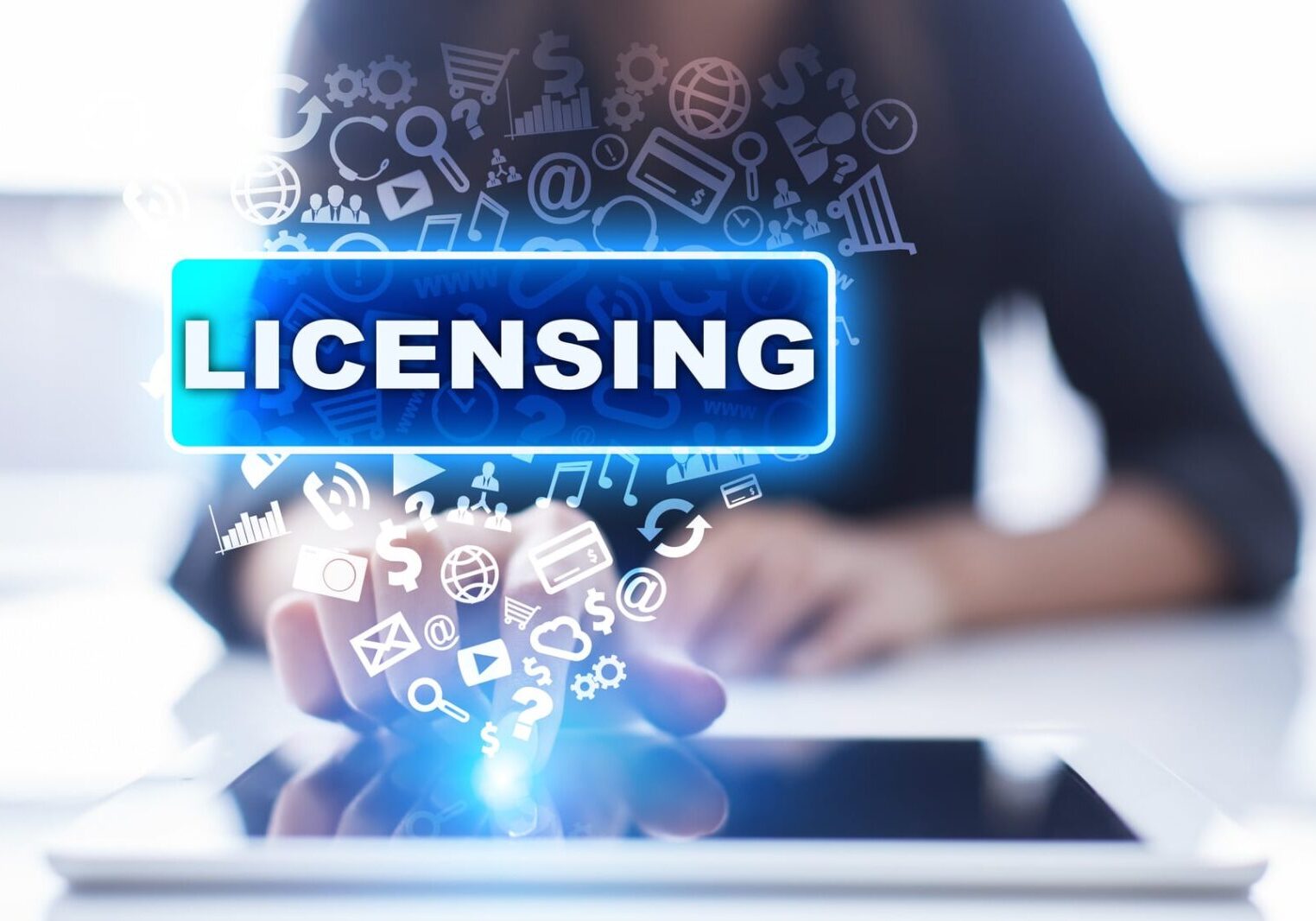
Birad's team is ready to assist you :

Dr. Iris Haas

Dr. Assaf Sagiv

